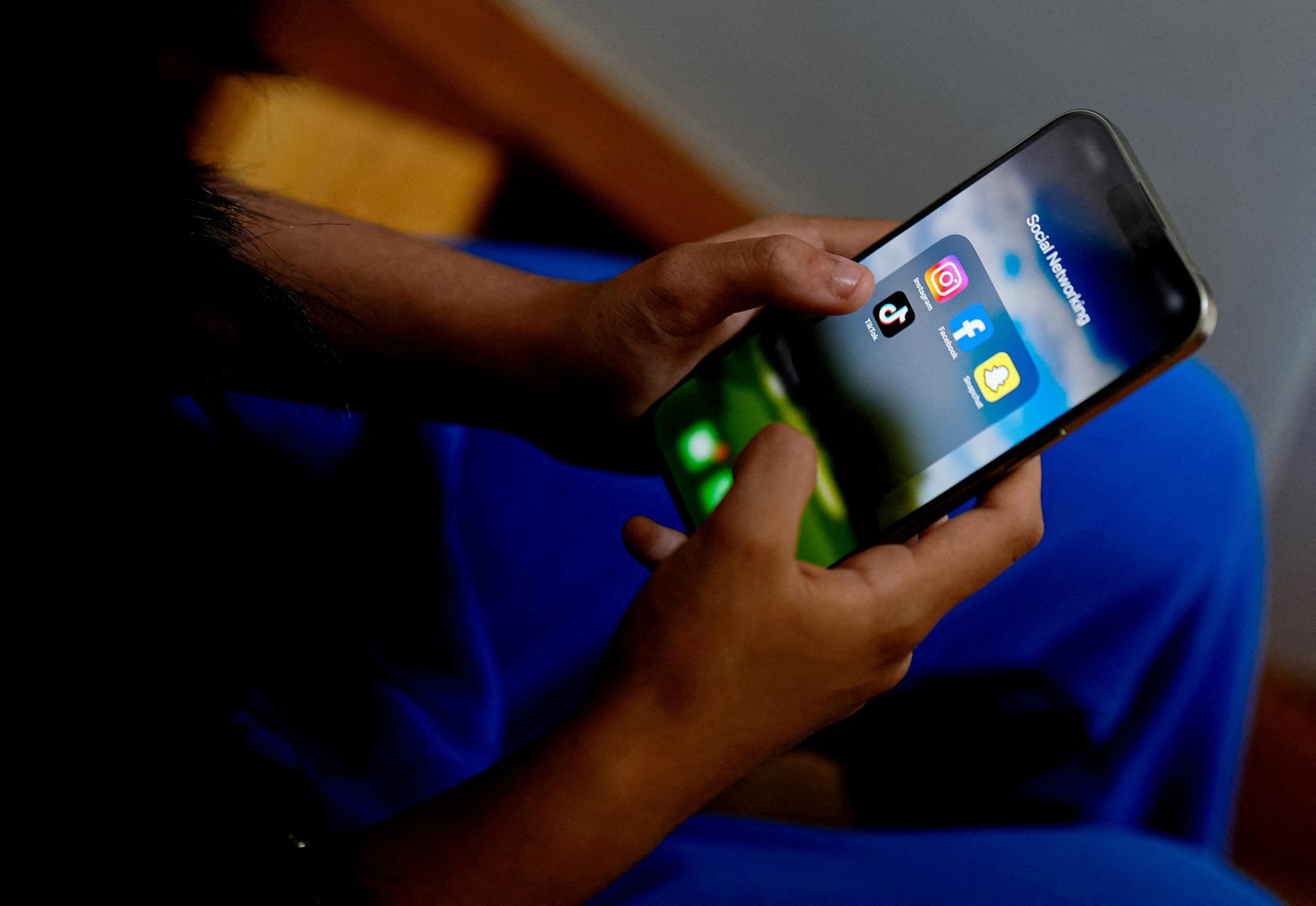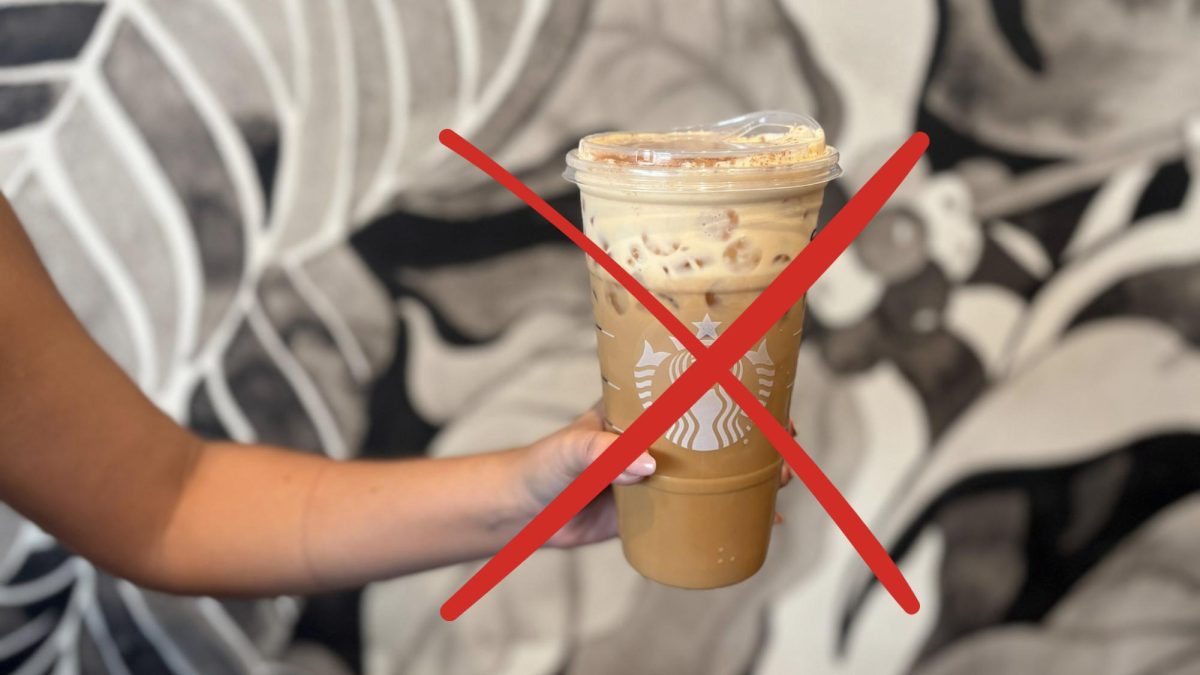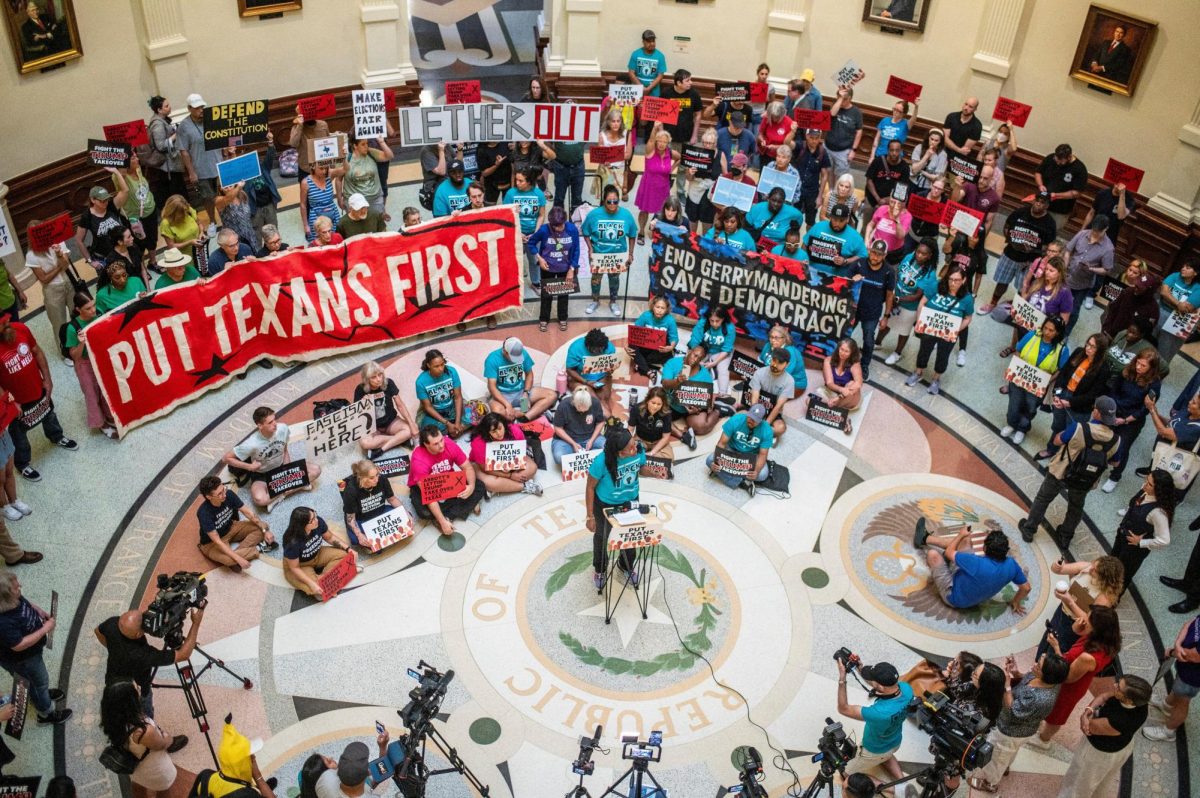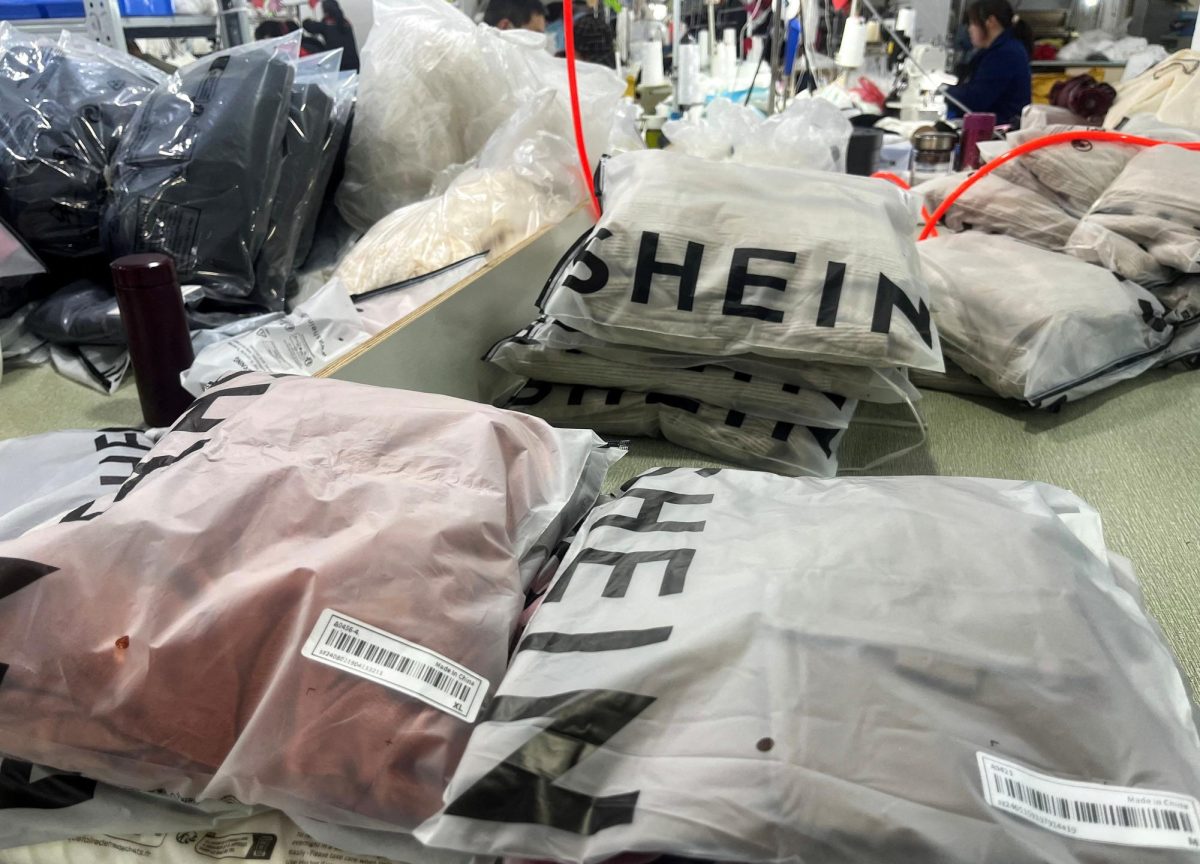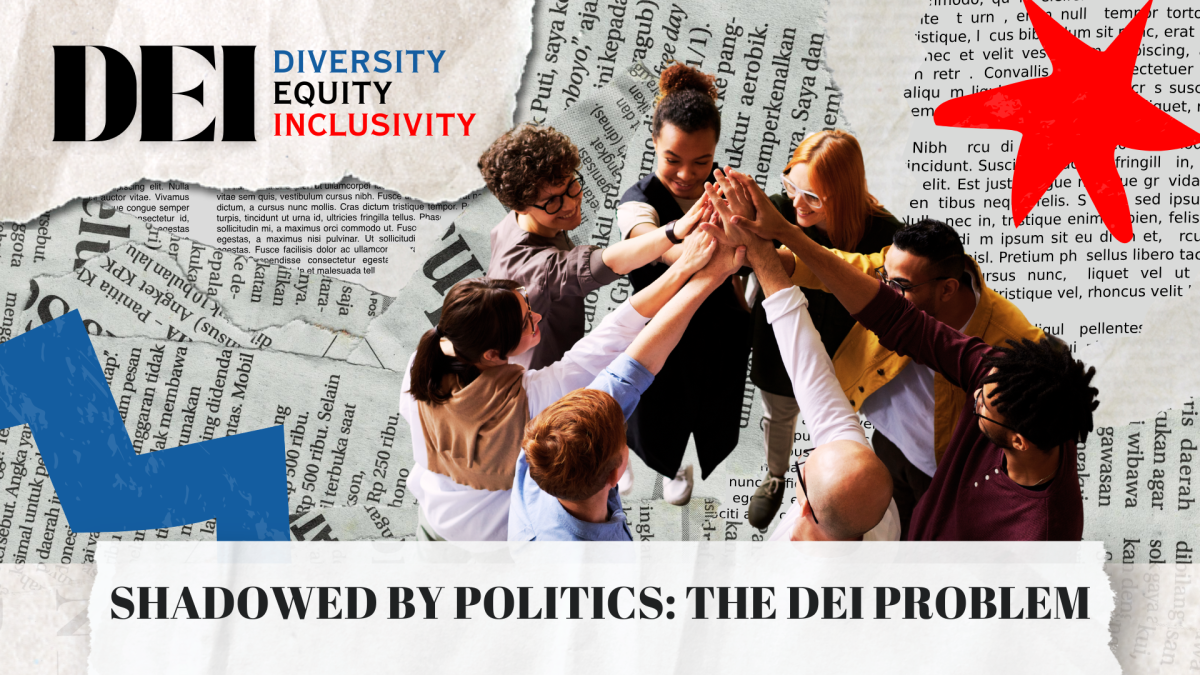When people try to pinpoint the cause of overconsumption in America, their first instinct is often to say, “It’s capitalism; it has to be!” While capitalism is an economic system that encourages buying and selling goods, it’s not the main cause of overconsumption. In the 1920s, capitalism was already in place, but people didn’t have the same issue with overconsumption as they do today. So, if capitalism isn’t the main culprit, what’s really to blame?
Today’s bigger issue of overconsumption is a cultural shift, and social media has played a huge part. Platforms like Instagram, TikTok, and YouTube push the idea that having more stuff and living a flashy, perfect life equals success and happiness. This has created a culture where buying more than one needs isn’t just normal: it’s encouraged. Seeing influencers and celebrities show off their wealth makes people think owning more is the key to feeling good about themselves.
Looking at the past is useful for understanding today’s overconsumption. In the 1920s, people didn’t face the same pressure to buy too much. Society’s values were more focused on necessity and saving, rather than splurging on trends. This comparison highlights the major influence of modern social media.
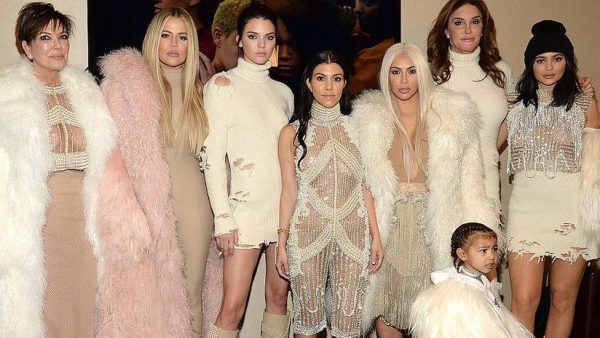
Celebrities like the Kardashians push a lifestyle of overpriced goods and needing more than they need. They post about their luxurious lifestyles on social media, showing off designer clothes, fancy vacations, and expensive items. This makes their followers want to buy more stuff to live like them, contributing to a culture of overconsumption.
Social media has a big impact on how people shop. Seeing perfect, flashy lives online makes people compare themselves and feel like they need more stuff to fit in. The fear of missing out and getting likes and comments drives people to buy more, linking self-worth to owning material things and showing them off. This constant buying messes with personal well-being and finances, leading to debt and financial problems.
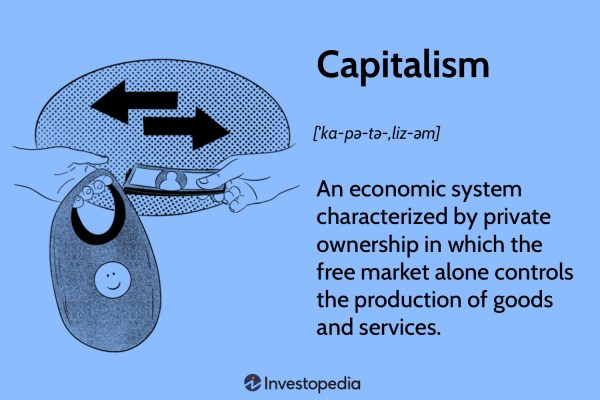
So, while capitalism sets the stage for buying and selling, it’s the cultural shift driven by social media that’s got modern society hooked on overconsumption in America. Platforms like Instagram, TikTok, and YouTube keep showing these perfect, flashy lives, making people think owning more equals success and happiness. Looking back, people in the 1920s didn’t face the same pressure to buy too much. To break free, people need to see through the influence of social media and stop blindly following trends. Instead of chasing material things, let’s focus on meaningful experiences, personal growth, and exploring the world. By doing so, people can find real fulfillment and create a healthier, more aware society.



